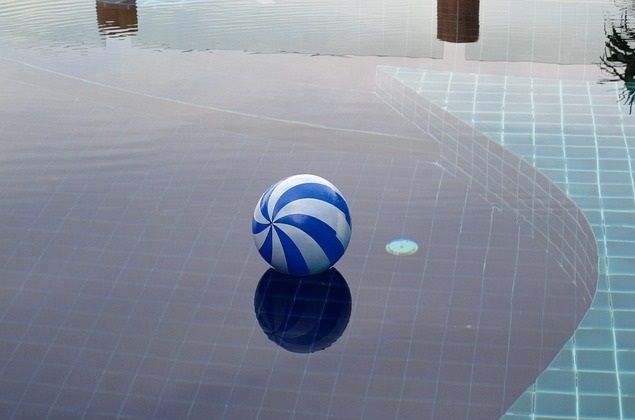Vulcanization process: 3,500 years old technology
Discover how more than 3,500 years ago, the Olmecs used a process similar to vulcanization to create rubber balls for ball games and other utensils.

In 1939, the American Charles Goodyear discovered -by chance- the chemical process that would later be known as vulcanization, this happened when he mixed rubber with sulfur and formed a hard and resistant mass, however, more than 3,500 years ago, the Olmecs used a similar procedure to create rubber balls for ceremonial use, for the ball game and other utensils.
In 1989, during the rescue and salvage project of archaeological pieces from El Manatí hill, located in the south of the state of Veracruz, on the basin of the Coatzacoalcos River; in the ejido of El Macayal belonging to the municipality of Hidalgotitlán, archaeologists Ponciano Ortiz and María del Carmen Rodríguez, discovered 12 rubber balls associated with ax offerings (several of jadeite).
The researchers of the National Institute of Anthropology and History (INAH) were surprised by the perfect state of preservation of the rubber balls, despite the passage of time, and this situation led them to think that they were the result of a process similar to vulcanization that made them resistant to the weather and atmospheric conditions in which they were found.
After years of research and several studies in which American specialists from Cambridge participated, it was established that for the creation of the balls, the Olmecs mixed latex from the rubber tree, whose scientific name is Castilla Elástica, with a species of the flowering vine called Ipomoea alba - cultivated in the tropical regions of Mexico - which contains latex with sulfides, that is to say, sulfur.
The chemical reactions produced by the mixture of the two latexes allow vulcanization, i.e., the sulfur atoms intertwine with the polymeric chains of isoprenes in the rubber, converting the latex into a hard and resistant material. Thus improving its use and durability.
The ancient Mesoamericans processed rubber or "ulli" in the following way; they made an incision in the Castilla Elástica tree to obtain the sap, which in its natural state is a milky and sticky liquid, which when dried is very fragile and does not retain its shape.
This liquid was collected in vessels that were placed at the foot of the tree trunk, on the other hand, they collected the vine whose scientific name is Ipomoea alba, this was crushed to obtain a liquid when they had a sufficient amount it was poured into a container, where the latex had been previously emptied.
After stirring and mixing for approximately 15 minutes, the latex solidified and formed a white mass that was removed from the container to be handled, then they began to mold the balls and other utensils such as rubber bands and rubber figurines.
Unlike the process discovered by Charles Goodyear, in which large amounts of fire are needed to homologate the sulfur with the latex, it is not polluting because it does not release toxic particles.
The Olmecs not only used latex as raw material to make balls and other objects but also offered it in liquid form in their ritual ceremonies; it was also used daily to waterproof fabrics and utensils.
Cerro Manatí rubber balls
Archaeologists Ponciano Ortíz and María del Carmen Rodríguez point out that important religious ceremonies took place at the sacred site of Cerro de El Manatí more than three thousand years ago.
One or several villages, for some reason, subsequently practiced several ceremonies over a long period that culminated with the massive offering of carved wooden sculptures accompanied by various elements including the 12 rubber balls.
In the hill, and according to the information of the investigators, three phases of the offering were discovered, in which the balls were a constant. From the first phase, dated using carbon 14 in 1600 B.C., two balls associated with ax offerings were recovered.
In the second phase, around 1500 B.C., three balls were also located, which were found aligned towards the northeast, like those of the first phase have a diameter ranging between eight and 15 cm.
From the last phase, approximately 1200 B.C., a set of two balls were found, which were accompanied by two command staffs, these balls have a diameter of 25 centimeters.
For archaeologists, this finding demonstrates the ritual importance of the ball game, which was maintained until the last phase of the offerings. The change in the size of the balls, experts explain, may indicate changes in the form of the game.
The farmers who had the first encounter with these altars, located at least five more, so that in total in El Manatí, 12 balls were rescued, which indicates the relevance of this ceremony for the Olmecs.
Even though the balls were found in a very good state of conservation, their preservation has been difficult because the process to avoid their degradation has not been discovered. Nevertheless, the specialists of the INAH-Veracruz Center are working in the investigation of methods to be able to conserve these specimens, unique in the world, because they are of great informative contribution to understanding more about the Olmec culture, also called mother culture.




